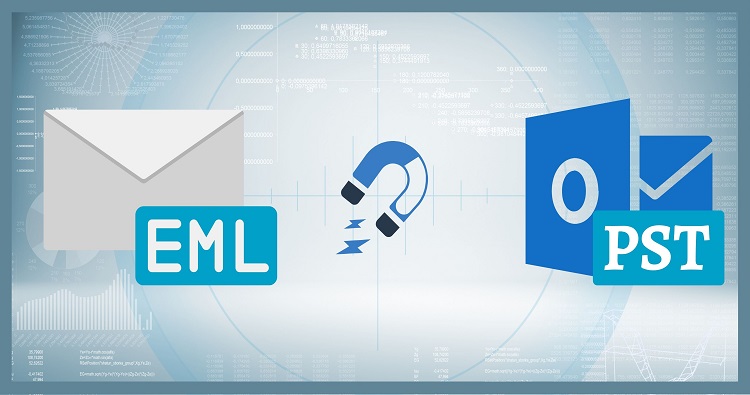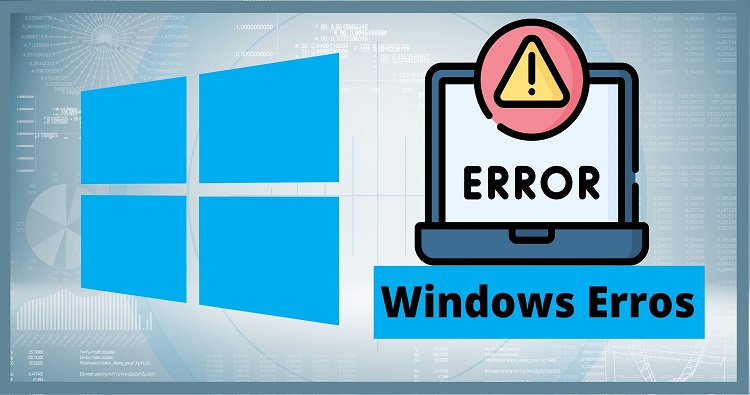User Query: Last week my Outlook worked fine but now Outlook won’t open when I click on icon. Does something bad happen to my Outlook mailbox data? Or it is just a temporary glitch? I am confused and tired now. Has anybody had the same issue with their Outlook Application; if yes then how did you solve it to continue your email workflow?
Microsoft Outlook is a vital emailing tool for many professionals and everyday users, making it extremely frustrating when it refuses to open. This issue can arise for various reasons, from minor software glitches to more severe system errors. In this article, we’ll dive into the most common causes to understand why Outlook is not opening in your environment. I also provide step-by-step solutions to get your Outlook up and running smoothly again.
Common Reasons Why Outlook Won’t Open
The reason why your Outlook application is not opening when you click on it varies from user to user or your existing environment. However, some issues are common and you might also face a few of them in your Outlook application. Let’s understand each of them.
Outdated Software Version
One of the most common reasons why Outlook might not open is an outdated version of the software. Microsoft regularly releases updates to improve performance and fix bugs. If you’re running an older version of Outlook, it may no longer be compatible with your system or other applications.
Corrupted Outlook Profile
Outlook profiles can become corrupted over time, especially if the application isn’t shut down properly or if there are sudden system crashes. A corrupted profile can prevent Outlook from launching altogether.
Add-ins Causing Conflicts
Add-ins are small software components that extend the functionality of Outlook. However, some add-ins can cause conflicts or become incompatible after an update, leading to issues where Outlook fails to open.
Large PST or OST File
Outlook uses PST (Personal Storage Table) and OST (Offline Storage Table) files to store your emails, contacts, and calendar entries. If these files become too large, they can cause Outlook to slow down or not open at all.
Corrupted PST/OST Files
Similar to a corrupted profile, PST and OST files can also become corrupted. This corruption can occur due to abrupt shutdowns, hardware failures, or even malware, making it impossible for Outlook to open these files properly.
Antivirus or Firewall Interference
Sometimes, your antivirus software or firewall might mistakenly block Outlook from opening, especially after a security update. This usually happens when the software detects a potential threat that isn’t actually harmful.
Windows Updates Issues
Occasionally, a Windows update might cause compatibility issues with Outlook, preventing it from opening. This is particularly common after major Windows updates.
Incomplete or Corrupted Installation
If Outlook wasn’t installed correctly or if some files are missing or corrupted, the application might fail to open. This can happen due to a variety of reasons, including interrupted installations or malware infections.
Conflicts with Other Software
Other software running on your computer can sometimes conflict with Outlook, especially if they access similar resources or are designed to integrate with email services.
Network or Server Issues
In some cases, Outlook might not open because it’s unable to connect to your email server. This could be due to network issues, server outages, or incorrect server settings in Outlook.
How to Troubleshoot Outlook Not Opening in Windows 10
If you’re facing issues with Outlook not opening, don’t worry. Here’s a step-by-step guide to troubleshooting and fixing the problem.
Step 1: Check for Updates
First, ensure that both your Windows operating system and Outlook are up to date. To do this, go to the “File” menu in Outlook, select “Office Account,” and then “Update Options.” Choose “Update Now” to make sure you’re running the latest version. Similarly, go to Windows Update in your computer’s settings and check for any pending updates.
Step 2: Start Outlook in Safe Mode
Safe Mode is a troubleshooting option that starts Outlook without loading any add-ins or custom settings. To start Outlook in Safe Mode, hold down the “Ctrl” key while clicking on the Outlook icon. This can help you determine if add-ins or custom settings are causing the issue.
Step 3: Disable Add-ins
If Outlook opens in Safe Mode, the problem is likely due to an add-in. Go to “File” > “Options” > “Add-ins.” At the bottom of the window, select “COM Add-ins” and click “Go.” Uncheck all the add-ins and restart Outlook. If it opens normally, re-enable each add-in one by one to identify the problematic one.
Step 4: Repair Outlook Profile
To repair your Outlook profile, go to “Control Panel” > “Mail” > “Show Profiles.” Select your profile and click on “Repair.” Follow the on-screen instructions to complete the process. This can fix any corruption in your profile that might be causing the issue.
Step 5: Repair Outlook Data Files
Use the Inbox Repair Tool (ScanPST) to repair any corrupted PST or OST files. Locate the tool in your Outlook installation folder and run it. Select the PST or OST file you want to repair and follow the prompts. This process can resolve issues related to file corruption.
Step 6: Check PST/OST File Size
If your PST or OST files are too large, Outlook may struggle to open. Consider archiving older emails or using a tool to split or compress these files. This can reduce the load on Outlook and help it open more smoothly.
Read this blog: OST vs PST Differences: A Guide To Know Outlook Data Files
Step 7: Adjust Antivirus and Firewall Settings
Sometimes, your security software might interfere with Outlook. Temporarily disable your antivirus or firewall to see if it allows Outlook to open. If this works, adjust your settings to make an exception for Outlook.
Step 8: Reinstall Outlook
If none of the above steps work, you might need to reinstall Outlook. Uninstall the program via the Control Panel, restart your computer, and then reinstall it from your Office 365 account or installation media.
Step 9: System Restore
If the problem started recently, you could try using System Restore to revert your computer to a state before the issue began. Go to “Control Panel” > “System and Security” > “System” > “System Protection” and select “System Restore.” Follow the prompts to choose a restore point.
Step 10: Contact IT Support
If you’re still having trouble, it might be time to contact IT support or a professional. They can help diagnose and fix more complex issues that might be beyond basic troubleshooting steps.
Preventive Measures to Avoid Future Issues
To prevent Outlook from having problems in the future, consider these preventive measures:
- Regularly update both Outlook and Windows.
- Manage the size of your PST and OST files by archiving or deleting unnecessary emails.
- Periodically review your add-ins and disable any that are no longer needed.
- Backup your Outlook data regularly to avoid data loss.
Popular Fixes for Outlook data file corruption issue:
Conclusion
Now you know why Outlook is not opening, with some basic knowledge of Outlook email client management you can significantly reduce the occurrence of Outlook unavailability. When Outlook won’t open, it can disrupt your productivity, but with the right troubleshooting steps, you can usually resolve the issue quickly. Whether it’s updating the software, repairing corrupted files, or checking for conflicts, these solutions can help get your email back on track.
FAQ Regarding (Why Outlook is Not Opening)
Q1. Why does Outlook work in Safe Mode but not normally?
Ans. Outlook working in Safe Mode suggests that an add-in or custom setting is causing the problem. Disabling add-ins or resetting settings can resolve the issue.
Q2. How can I prevent add-in conflicts in the future?
Ans. Regularly review and update your add-ins, and remove any that you no longer use. Stick to add-ins from trusted sources to minimize conflicts.
Q3. Is there a way to automatically back up my Outlook data?
Ans. Yes, you can set up automatic backups using third-party tools or by configuring Outlook’s export feature to regularly save your data.
Q4. What should I do if Outlook keeps freezing?
Ans. If Outlook keeps freezing, try reducing the size of your PST/OST files, disabling add-ins, or running the Inbox Repair Tool. In some cases, reinstalling Outlook might be necessary.
Q5. How can I reduce the size of my PST/OST files?
Ans. You can archive old emails, delete unnecessary messages, and compact your PST/OST files through Outlook’s settings. This can help improve performance and prevent issues.




